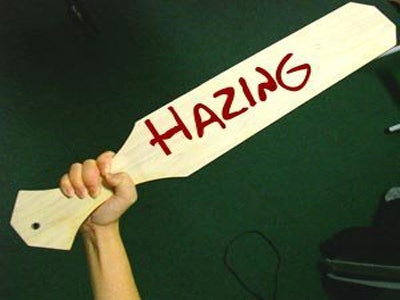When colleges and universities across the nation opened their doors for the 2016-17 school year, there was guarded optimism that headway had been achieved on many campuses in addressing hazing.
Zero-tolerance rules and anti-hazing educational programs beyond the classroom regarding engagement in historically rooted practices of physical hazing have taken hold, supplemented by active enforcement of state criminal laws barring hazing. Programs aimed at dealing with sexual, gender and race harassment and similar negative conduct have also gained steam.
Today, efforts to combat hazing have been challenged by a proliferation of social media sites boasting negative messages about racial and ethnic groups and gender-specific groups. Bursts of negative political campaigning using bully-toned and demeaning language seemed to suggest such rhetoric is acceptable and effective in communicating with others.
Fighting back
Institutions are responding in myriad ways, from high school to junior high school visits about hazing, bullying and civility in the use of social media to broader and increased monitoring of social media networks and the types of messages they project.

“As a Christian institution, it is our goal to build a diverse and inclusive community where all members feel accepted, safe and valued,” Belmont said in a statement about the social media message.















